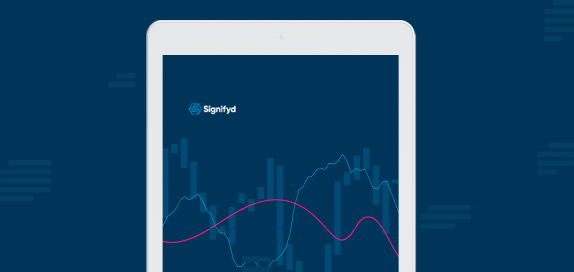Every year, several products achieve “it” status, establishing themselves as the must-have item of the season. The examples are numerous: think the razor scooter in 1999 or the Crocs craze in 2003. In the 2015 holiday season, and carrying over into this year, it’s the hoverboard.
When the “it” item arrives on scene, savvy merchants quickly attempt to capitalize on the trend by opening a store to sell the product. Aided by the ease with which one can create a store on Shopify and BigCommerce, a merchant can start an online store overnight and begin selling product immediately.
Ingredients for a disaster
While it may be easy for a merchant to create an online store overnight and immediately start selling, once they start accepting orders, they’re also liable for any fraudulent order they accept. (For a quick background on why merchants are liable for fraud, go here.)
For most merchants, this isn’t an issue initially. First-time merchants often spend their first few months with a new store working out the kinks of their payment gateways, shipping providers and customer service. Very few are thinking about actually declining orders because they could be fraud, partially because they (1) receive so few orders and (2) the orders they’re receiving are likely from friends and family.
This isn’t the case for merchants who start a store to sell the trendy item of the season. Instead of the usual reprieve from fraud a new merchant has, partially due to their store being unknown, merchants who sell trendy items have both the good and the bad of being easily discovered, and therefore susceptible to fraudulent purchase attempts.
At its peak during the 2015 holiday season, some merchants incurred fraud losses so large that fraudulent purchase attempts amounted to 75% of orders. That’s insane.
Why does this happen?
Firstly, fraudsters target stores that they believe will accept purchases made with a stolen credit card. While larger, more established merchants have fraud protection measures in place to avoid accepting fraudulent purchases, it’s entirely possibly that new stores will not. Fraudsters are aware that new merchants often lack the expertise to stop their attacks. Plus, new merchants are usually unaware that they hold the liability for any fraudulent losses.
In other words, new hoverboard merchants may not feel the need to protect themselves as they’re unaware that they were exposed to any danger.
Secondly, trendy items are often in high demand and therefore easily resold. Fraudsters want their hands on as much product as possible, in order to make the most revenue they can from a trend. Wherever a strong secondary market for a product exists, you’ll find demand from customers, and supply from fraudsters.
How can hoverboard merchants protect themselves?
The first step is education. Be aware of the fraud liability that an ecommerce merchant has. Currently, there’s a lack of education and general knowledge among ecommerce merchants as to the real liabilities that they hold when they sell online.
Next, realize that the only surefire way to stop fraud on your site is to stop selling. Since that usually isn’t an option, online merchants will have to start selling smarter, and adapting the mindset and actions of larger competitors when it comes to protecting themselves from accepting fraudulent orders. Depending on the resources available, there’s a few options, from improving order review efficiency and effectiveness in-house to using a vendor with fraud expertise to handle order review entirely and get that off your plate.
Ultimately, education, awareness and a plan for protection are the best offense against fraudsters that prey on merchants.











